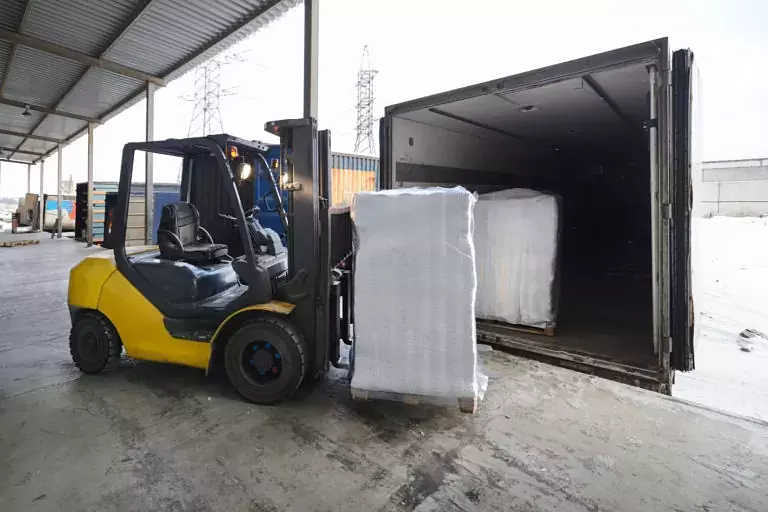 When purchasing a forklift, it is essential to determine how the machine will conform to your needs. Adhering to this principle will bolster many benefits, including optimized inventory, enhanced productivity, and improved efficiency. However, this begins with the forklift you select. Do you find yourself overwhelmed at choosing a forklift appropriate for your material handling needs? Don’t be! There are many steps you can take to determine the right machine for the right job. Here are three proven ways to get the most of your forklift and determine the proper capacity for your appliance:
When purchasing a forklift, it is essential to determine how the machine will conform to your needs. Adhering to this principle will bolster many benefits, including optimized inventory, enhanced productivity, and improved efficiency. However, this begins with the forklift you select. Do you find yourself overwhelmed at choosing a forklift appropriate for your material handling needs? Don’t be! There are many steps you can take to determine the right machine for the right job. Here are three proven ways to get the most of your forklift and determine the proper capacity for your appliance:
Estimate The Dimensions and Weight of The Loads You Will Be Carrying
As we have championed in many of our articles, there is no one-size-fits-all forklift. Each variety of the machine has certain benefits that make it distinct from others. This can seem like an overbearing errand to tackle but it is actually meant to allow owners flexibility across their fleet. To get the most out of any of these machines, it is essential to measure the dimensions and weights of the loads your operators will carry. It is always important to take the heaviest load or largest dimensions and import them into your selection process. Doing so will identify the forklift best suited to meet your demands. It is worth noting that the range of grades typical forklifts can shoulder varies from 3,000 pounds to 50,000 pounds. However, there are some heavy-duty industrial forklifts that can take on even heavier loads.
2) Determine How Long You Expect This Forklift To Be Running – Another idiom that surrounds forklifts is the notion that it is an investment. In determining your next purchase, it is imperative to define how long you expect to have this forklift in service. According to Forklift Accessories, it is important to determine how long you expect a forklift to operate on a normal shift without stopping for refuel or recovery. This is an important consideration to assess and evaluate because downtime in the middle of a shift can be a huge source of expenditures and undermine both productivity and efficiency.
3) Be Aware of Where The Forklift Will Be Used – Some forklifts can only be used outside. The best example of this is any kind of internal combustion forklift. The exhaust is perilous and is not permitted to be remitted in an indoor environment. Electric forklifts probably would only be a good choice for indoor operations. This is because electric forklifts should not be exposed to elements where they can rust or be inundated by rain and water. These are just two examples of how the diversity of application of forklift appliances can be impactful in your selection process. However, there are other factors that must be considered. First, the height of your racking system. Secondly, is your forklift going to be used in narrow aisles? There are specific forklift truck designs to handle that task exclusively. Making these determinations will field the correct choices.
